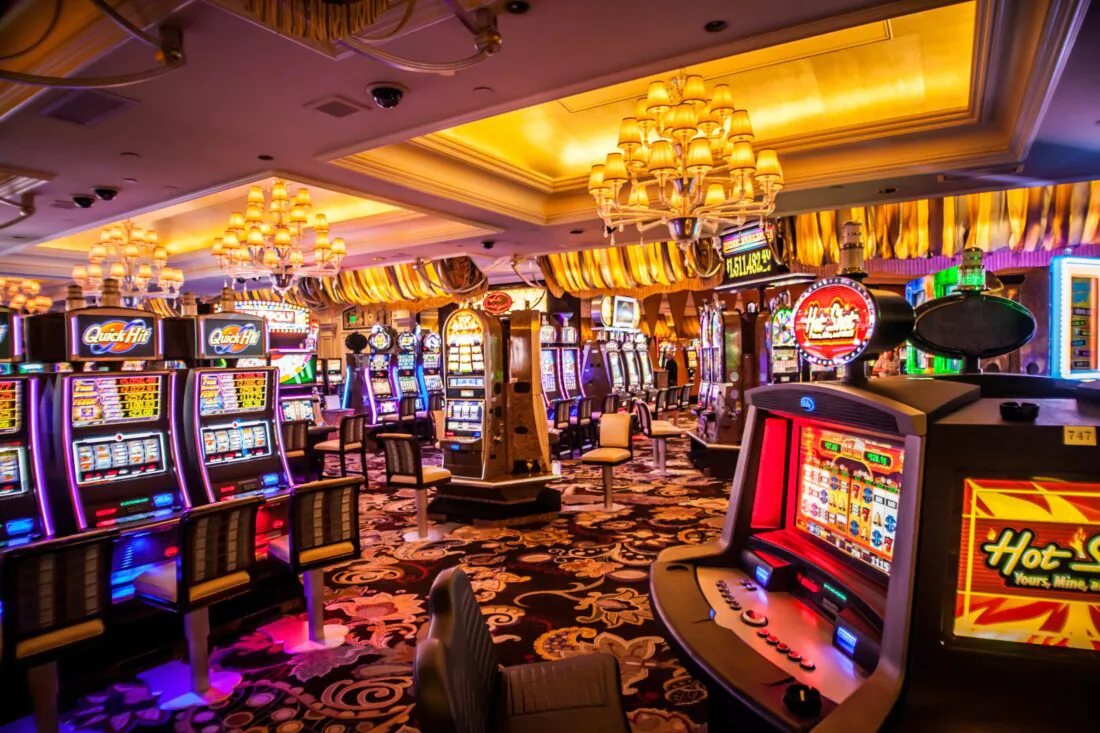
In the vibrant and thrilling world of gaming establishments, where fortune and tactics intertwine, hues and aesthetic play a critical role in attracting gamblers. As soon as visitors step inside a casino or log into a gaming platform, they are immersed in a visual feast that grabs their attention and entices them to explore more. Vivid colors, engaging graphics, and innovative layouts are carefully crafted to create an atmosphere of excitement and anticipation, ultimately enhancing the gaming encounter.
While players move through the dynamic landscape of casino games, they come across a variety of designs that not only serve visual purposes but also affect feelings and decision-making. Colors like scarlet and yellow symbolize riches and luck, while calm blues and emeralds can create a much tranquil environment. rikvip Understanding how these elements function together allows casinos to create an inviting and energizing atmosphere that encourages players to engage with the games, spend more time at the tables, and boost their overall enjoyment.
The Science of Color in Gaming Establishments
Hue plays a key role in the creation of casino games, shaping player emotions and responses. Bright and bold shades, such as crimson and yellow, are often used to incite enthusiasm and draw notice. These colors create a sense immediacy and dynamism, encouraging players to engage more readily with the game. By thoughtfully selecting tints, designers aim to inspire feelings of satisfaction and anticipation, which can enhance the complete game experience.
Various hues also have psychological meanings that can impact how players perceive their possibilities of winning. For instance, lime is commonly associated with good fortune and wealth, making it a popular choice in games like the roulette wheel and poker setups. This connection can lead gamblers to feel more positive and assured in their play, ultimately motivating them to wager more. Grasping these connections allows game designers to design environments that enhance player enjoyment and retention.
Moreover, the interface of gaming interfaces often utilizes gradients and opposing colors to direct players’ responses. For instance, winning results may be highlighted with striking, contrasting colors, creating a visual incentive. This method strengthens positive outcomes and encourages repeated gameplay. By utilizing the psychology of color, gaming venues can develop games that not only draw gamblers but also hold them engaged and dedicated in their game experience.
Design Features that Engage Players
The aesthetic appeal of gambling games is primarily influenced by the use of vibrant colors. Lively and contrasting colors are deliberately chosen to create an appealing atmosphere that captures interest. https://rikvip88.in/ For instance, reds and golds often signify good fortune and wealth, which is why they are common in the color schemes of gaming machines and table surfaces. These colors not only attract players in, but they also evoke emotions associated with thrill and anticipation, enhancing the overall gaming experience.
In parallel to color, the aesthetic and layout of casino games play a crucial role in captivating players. Games are designed to be intuitive, ensuring that players can quickly understand the guidelines and gameplay. Accessible interfaces, along with captivating graphics and animations, help maintain player interest and encourage extended play sessions. The physical elements, such as the texture of the buttons and the audio of the games, also add to a comprehensive sensory experience that keeps players engaged.
In conclusion, thematic elements in game design can significantly influence gaming decisions. Many casino games are inspired by popular culture, myths, or adventure themes, featuring symbols and characters that resonate with players. These themes create a sense of engagement and connection, making each game feel distinct. When players feel a connection to the theme, they are more likely to choose that game over others, leading to higher participation and enthusiasm within the gambling environment.
Case Studies: Effective Gambling Table Game Designs
One noteworthy example of effective gambling game design is the acclaimed slot machine series themed around popular movies. Games such as those based on the The Wizard of Oz and Game of Thrones utilize dynamic colors and superior graphics to enthrall players in familiar narratives. The application of lively visuals and entertaining sound effects captures the focus of players, establishing an affective connection to the theme. This tactic not only promotes longer play but also improves the overall gaming experience, leading to increased player retention.
Another notable case is the application of color psychology in table games like blackjack and the wheel. Casinos often create these games with deep reds and greens, colors traditionally connected with luck and wealth. For instance, the emerald felt on a 21 table provides a soothing effect, while the crimson accents in roulette invite thrill. This thoughtful use of color helps to foster an inviting atmosphere that motivates players to join in, fulfilling their psychological impulses and enhancing their enjoyment.
Finally, social casino games that incorporate community features and lively, lively designs have achieved remarkable success in engaging players. Games like Zynga Poker and Slotomania leverage vivid colors and playful animations to forge an inviting online environment. The integration of leaderboards, social sharing options, and in-app rewards encourages competition and community, drawing players in for longer sessions. Such designs merely make the games visually appealing but also highlight social interaction, a vital factor in player retention and engagement within digital casino environments.